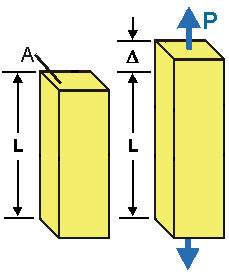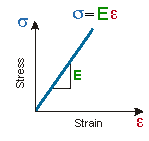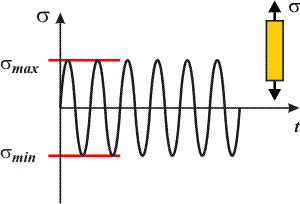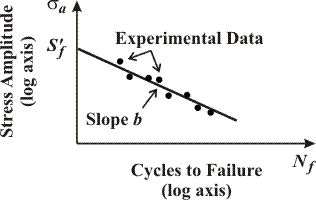When a bar of length L and cross-sectional area A is subjected to axial tensile force P through the cross-section's centroid, the bar elongates D. The change in length divided by the initial length is the bar's engineering strain - or simply strain. The symbol for strain is e (epsilon). The strain in an axially loaded bar is:
|
|

- Strain is positive in tension (D>0 means e>0) and negative in compression (D<0, e<0).
- Strain is a fractional change in length - it is dimensionless.
- Because strain is much smaller than 1, it is typically given as a percentage: e.g., e = 0.003 = 0.3%.




